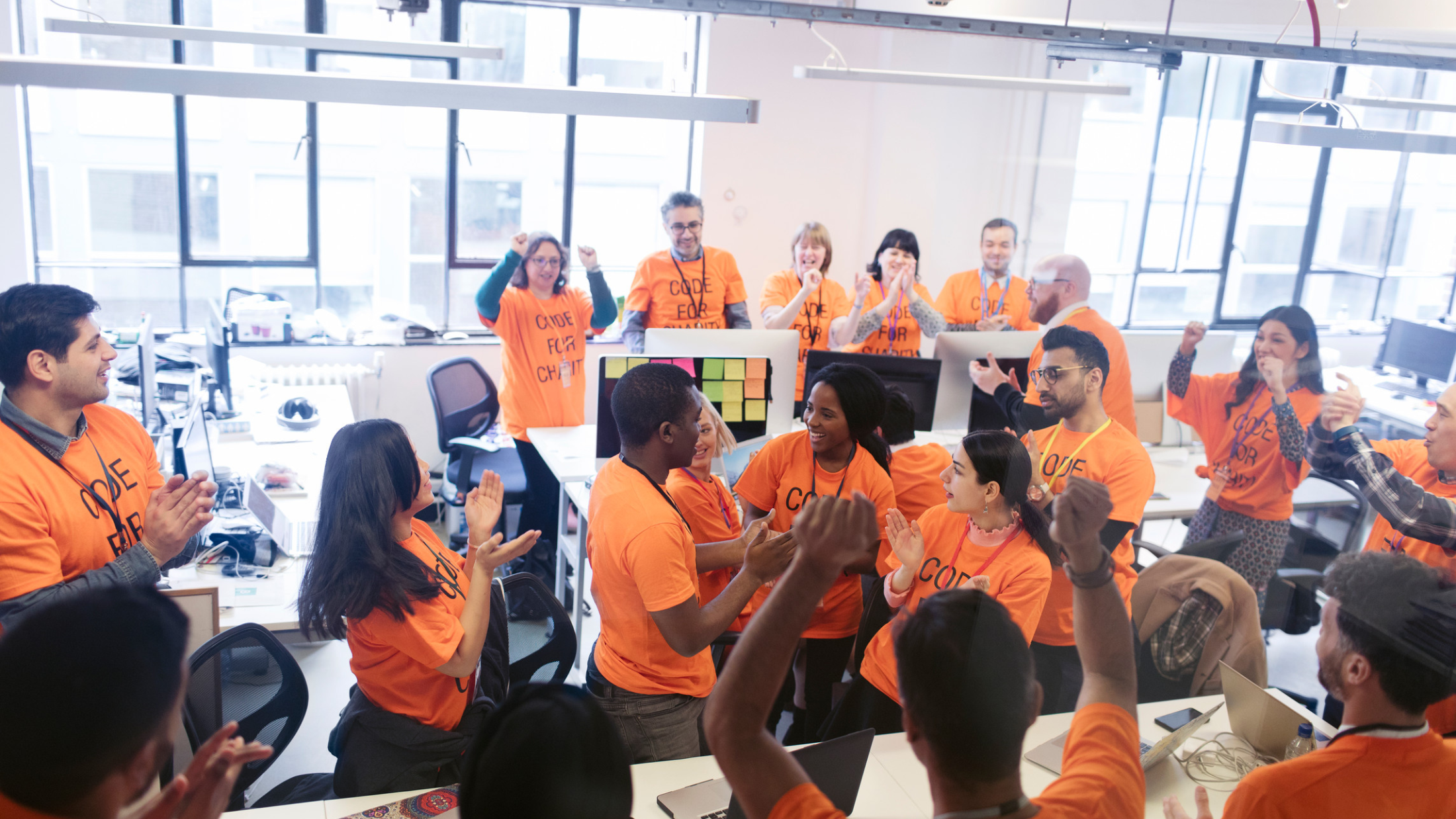Category: webinars
-

Strategies for Business Growth through Developer Ecosystems
Developer ecosystems, the networks of developers and resources around a product, are a key factor for business growth in an increasingly technical world. But what exactly does a healthy ecosystem look like, and how can businesses build one? In this blog post, I’ll recap our recent webinar where we explored these questions with experts Gary…
-

DevRel & Marketing Insights from AWS re:Invent 2024
AWS re 2024: content marketing strategies, community engagement, and how developer enablement drives product adoption.
-

DevRel & Marketing Insights from KubeCon North America 2024
KubeCon North America 2024 recently wrapped up, and our CEO, Karl Hughes, and Account Director, Clayton Kast, were on the ground connecting with leaders in DevRel and developer marketing. The insights and connections made at KubeCon are always a great indicator of the future of technical marketing in the Kubernetes space, so in this post,…
-

Optimizing Developer Content for Success
Optimizing your developer content is a powerful way to drive organic traffic and generate leads for your product. If you’re creating content to serve specific keywords, organic search can become a fantastic distribution channel over time. But you’ll want to take steps to optimize your content for its best chances of ranking. In this blog…
-

How to Create Effective Video Content for Developers
Video is no longer a “nice-to-have” in developer marketing. In fact, 62% of developers prefer long-form video as their primary learning method, surpassing blogs, documentation, and even short-form videos. So, how do you create video content that resonates with your technical audience? In our recent webinar, we spoke with Jake Ward, Co-founder of Data Protocol,…
-

SEO Strategies and Best Practices for Technical Audiences
The world of SEO is a complex beast, with Google reportedly making thousands of changes to its search algorithm each year. For those catering to technical audiences – developers, engineers, the coding wizards – the landscape gets even trickier. Draft.dev’s recent webinar, featuring SEO experts Meg Scarborough (CEO of Megawatt) and Nate Matherson (Co-founder of…
-

Influencer Marketing and the Effective Use of Dev Evangelists
Influencer marketing has certainly made its mark in the consumer space, but it is no different in business-to-business landscape. In fact, 75% of B2B buyers rely on social media to inform their purchasing decisions. While developer marketing has its unique differences compared to traditional marketing, we can definitely see a similar trend in the dev…
-

Brand and Content Alignment Strategies for Early-Stage Startups
Early-stage startups often face the challenge of aligning their brand identity with their content strategy. For example, a company might position itself as an innovative, cutting-edge solution while its content focuses on basic tutorials and introductory topics. This misalignment can make it harder for people to understand and use your product. That’s why a cohesive…
-

Mastering the Art of Product Documentation & Education
Clear and effective product documentation is critical for developers to understand and use software effectively. Without proper guidance, even the most innovative products can struggle to gain traction. Strong documentation is not only essential for product usage but also for user adoption. Broken links, outdated information, and a lack of clarity can leave a potential…
-

Building a DevRel Dream Team
Developers are the lifeblood of any software company, and building strong relationships with them is key to success. That’s where a well-crafted Developer Relations (DevRel) team comes in. However, building a high-performing DevRel team requires a strategic approach and recruiting the right individuals with the skills and passion to foster a thriving developer ecosystem. Last…
-

Cultivating a Thriving Developer Community
Developers are notoriously allergic to traditional marketing tactics. Their trust lies in genuine value, not flashy campaigns. One powerful way to provide that value is by building a community around your tool or field of expertise. But building an engaged community is hard – it’s a long-term effort demanding significant commitment and a well-defined strategy.…
-

The Power of Hackathons: Strategies for Planning & Execution
When someone mentions “hackathons”, images of caffeine-fueled developers in hoodies evoking the next big tech innovation might come to mind. But in reality, hackathons can be powerful tools for businesses in today’s developer-driven world. They bring together talented minds to collaborate, experiment, and create something awesome (not just in the Silicon Valley show sense!), often…